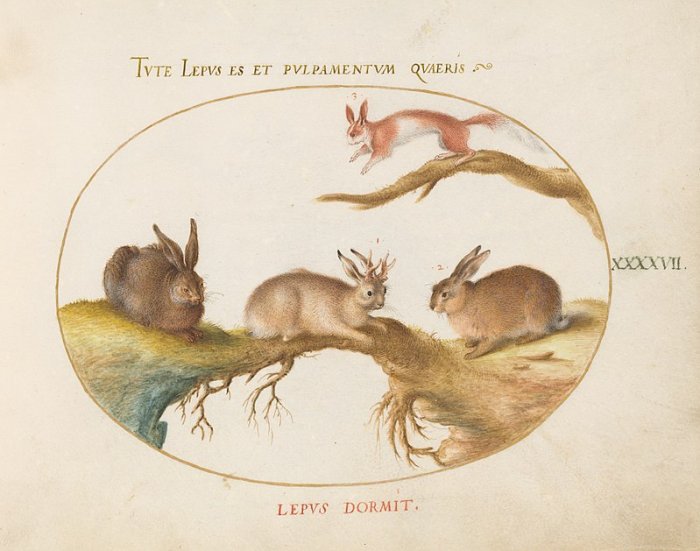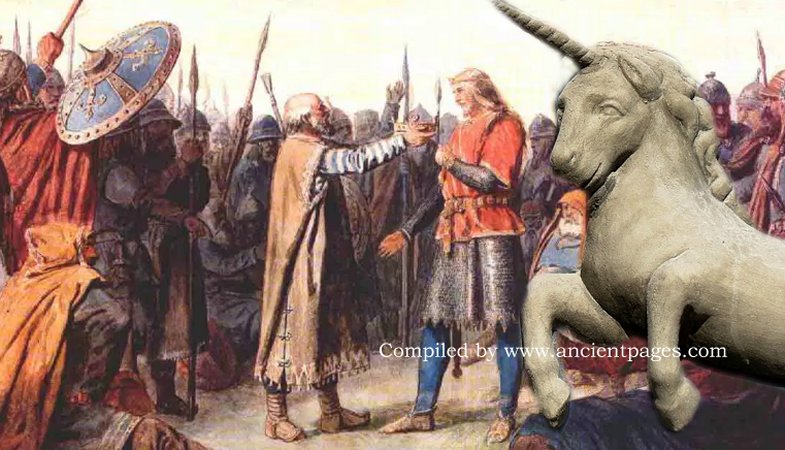Jackalope – Are Mythical Horned Hares Real?
Ellen Lloyd - AncientPages.com - The jackalope is a mythical animal that many people claim to have seen in modern times. Do these horned hares really exist or are they just a myth? Why do so many people claim to have spotted the jackalope? What could be the truth behind these reported sightings?
Horned Animals Plate XLVII of Animalia Qvadrvpedia et Reptilia (Terra) by Joris Hoefnagel, circa 1575, showing a "horned hare". Credit: Public Domain And Other Beings In Mythology
Tales of the jackalope have been circulating for centuries. Many legends of this unusual animal come from America, but stories of horned hares have been known by many ancient cultures worldwide. In North American folklore, the jackalope is a jackrabbit with antelope horns. In Central America, mythological references to a horned rabbit creature can be found in Huichol legends. In ancient Persia people spoke about a rabbit with one horn, similar to the famous Unicorn that is mentioned seven times in the Bible, but only by mistake. The Biblical unicorn was actually an onyx.
Vikings also managed to fool Europeans with their unicorn bluff for hundreds of years. They started selling a narwhal’s tooth claiming it was a unicorn horn. In Germany, “the horned hare often has other strange body parts (wings and beaks) and is called the Wolpertinger (in Bavaria, southern Germany) or the Rasselbock (in Thuringia, central Germany)". (Nancy Jennings -RSPB Spotlight Hares).
Vikings’ Unicorn Bluff Fooled Europeans For Hundreds Of Years - Read more
Many myths of our ancestors tell of various horned animals and other beings. Known under different names, the horned serpent has been encountered in North America, Egypt, Mesopotamia and Europe. In Europe we encounter several mythological beings who were believed to have had horns.
Cernunnos, a god in Celtic mythology that possessed two deer antlers on the top of his head. Herne the Hunter, a mysterious, mythical creature who was said to reside in Windsor Forest and Great Park in the English county of Berkshire had also horns.
Cernunnos, Celtic horned god. Image credit: Wikipedia
According to our ancestors, horns represented the primal power of nature, expressed the unstoppable power and the majesty and throughout human history. Because of this, horns have been synonymous with strength, and they became a universal ancient symbol.
For example, Cornucopia, the ‘Horn Of Plenty’ is a symbol of wealth, abundance, fertility and nourishment, highly respected by many ancient cultures including the Celts, whose concept of abundance was main part of their religion. Many of us have a cornucopia at home; it can be made of plastic, wicker, metal, wood or other materials. It can be symbolically filled with something valuable or simply beautiful.
One can say that the ancient worship of horns has survived. We don’t think about it, but when we look around, we can clearly see there are many objects and symbols that remind us of our ancestors’ deep respect for horns.
How The Jackalope Became Very Famous
Knowledge of the jackalope spread and the horned rabbit suddenly appeared in Medieval paintings. During the Renaissance, and later scientists started to debate whether this creature could be a genuine biological species. At the end of the 18th century, most scholars rejected the idea that horned rabbits could be more than mythological animals.
It was Douglas Herrick (1920–2003) a Wyoming resident who made the jackalope really famous. In 1932, while returning from a hunting trip he tossed a carcass onto the floor, where it came to rest beside a pair of deer antlers. As a taxidermist this gave him an idea that he put to action. Together with his son he started to produce jackalope mounts.
Jackalope Square, 211 West Center street, Douglas, Wyoming, featuring iconic fiberglass Jackalope. Credit: Montanabw, Wikipedia, CC BY-SA 4.0
Before passing away at the age of 82, he and his son had made thousands of jackalope mounts. Douglas Herrick earned a lot by selling his jackalope mounts, but his “work” was just a hoax. People embraced this animal as a symbol of the West. The jackalope appeared on postcards, brochures and Wyoming became known as the “Jackalope Capital of the World.” Curious people came to catch a glimpse of this rare animal, but one cannot search for something that is unreal.
In 2005, Wyoming legislators declared the jackalope as the state’s “Official Mythical Creature.”
Are Jackalopes Real – Why Have So Many Seen Them?
The fact that the jackalope is today considered a mythical creature hasn’t put an end to the sightings of the horned hares. Witness say they have seen antlered species of rabbit that are brownish in color. The animal is believed to weight about three to five pounds, and it can move at a remarkable speed up to 90 miles per hour.
Does this mean that the jackalope really exist? The answer to this question is yeas and no.
See also:
Cannibalistic Shapeshifter Wendigo In Myths And Legends Of The Indians Of North America And Canada
Surprising End To Legend Of The Snallygaster That Terrorized Maryland And Washington
It cannot be denied that some real rabbits do indeed sprout horn-shaped growths from their heads, but this condition is triggered by a virus called papillomatosis. Over the years many people claim to have seen the jackalope, but not everything is always what it seems.
Unfortunately, behind many of these alleged sightings we find a combination of hoax and media activity. Several people have used this mythical creature to seek financial gain. According to scientists there is no solid, physical evidence of a jackalope as described by our ancestors. Nevertheless, occasionally people keep reporting sightings of this rare animals and many are still convinced it does exist, and the legends told around the campfire are being kept alive.
Written by Ellen Lloyd – AncientPages.com
Copyright © AncientPages.com All rights reserved. This material may not be published, broadcast, rewritten or redistributed in whole or part without the express written permission of AncientPages.com
Expand for referencesMore From Ancient Pages
-
 Unsolved Enigma Of The Lost Ancient City In The Kalahari Desert
Civilizations | Aug 29, 2015
Unsolved Enigma Of The Lost Ancient City In The Kalahari Desert
Civilizations | Aug 29, 2015 -
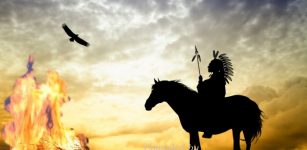 Seven Fires Prophecy Of The Anishinaabe People And The Future Of The Turtle Island – Are Humans Standing At The Crossroads?
Featured Stories | Feb 14, 2019
Seven Fires Prophecy Of The Anishinaabe People And The Future Of The Turtle Island – Are Humans Standing At The Crossroads?
Featured Stories | Feb 14, 2019 -
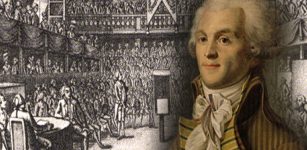 Maximilien de Robespierre: A True Revolutionary Man Or A Madman?
Featured Stories | Dec 22, 2015
Maximilien de Robespierre: A True Revolutionary Man Or A Madman?
Featured Stories | Dec 22, 2015 -
 Neanderthals Invented Or Developed Birch Tar Making Technique Independently From Homo sapiens
Archaeology | May 30, 2023
Neanderthals Invented Or Developed Birch Tar Making Technique Independently From Homo sapiens
Archaeology | May 30, 2023 -
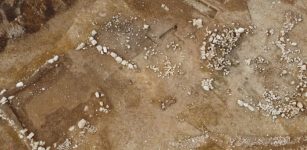 Bronze Age Roundhouses And Roman-Era Settlement Discovered In Newquay, Cornwall
Archaeology | Apr 11, 2023
Bronze Age Roundhouses And Roman-Era Settlement Discovered In Newquay, Cornwall
Archaeology | Apr 11, 2023 -
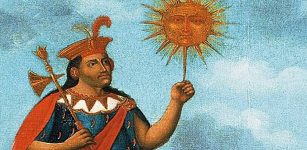 Who Was The Sapa Inca?
Ancient History Facts | Jan 27, 2016
Who Was The Sapa Inca?
Ancient History Facts | Jan 27, 2016 -
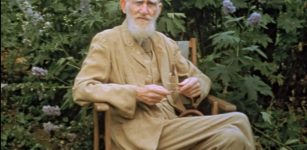 On This Day In History: George Bernard Shaw Died – On Nov 2, 1950
News | Nov 2, 2016
On This Day In History: George Bernard Shaw Died – On Nov 2, 1950
News | Nov 2, 2016 -
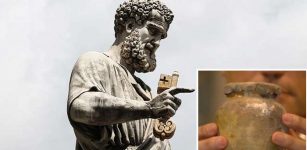 Are Bones Of Apostle Peter Hidden Inside A 1000-Year-Old Roman Church?
Archaeology | Sep 16, 2017
Are Bones Of Apostle Peter Hidden Inside A 1000-Year-Old Roman Church?
Archaeology | Sep 16, 2017 -
 Cooking, Roasting And Eating Of Root Plants Is 120,000-Year-Old Habit
Archaeology | Jun 7, 2019
Cooking, Roasting And Eating Of Root Plants Is 120,000-Year-Old Habit
Archaeology | Jun 7, 2019 -
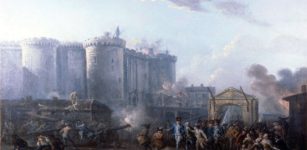 On This Day In History: Storming Of The Paris Fortress – Prison Bastille – On July 14, 1789
News | Jul 14, 2016
On This Day In History: Storming Of The Paris Fortress – Prison Bastille – On July 14, 1789
News | Jul 14, 2016 -
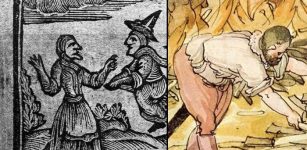 Five Witchcraft Myths Debunked By An Expert
Featured Stories | Oct 27, 2023
Five Witchcraft Myths Debunked By An Expert
Featured Stories | Oct 27, 2023 -
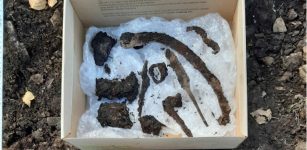 Viking Grave Discovered In The Middle Of Oslo, Norway
Archaeology | Dec 23, 2022
Viking Grave Discovered In The Middle Of Oslo, Norway
Archaeology | Dec 23, 2022 -
 Ice Age Engraved Stones, Tools Unearthed At Jersey Hunter-Gatherer Site Dated To Magdalenian Culture
Archaeology | Nov 3, 2015
Ice Age Engraved Stones, Tools Unearthed At Jersey Hunter-Gatherer Site Dated To Magdalenian Culture
Archaeology | Nov 3, 2015 -
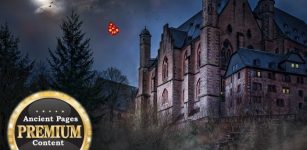 Strange Ancient Sky Phenomenon – It Was Not A ‘Natural’ Space Object – Scientist Said
Featured Stories | Nov 5, 2019
Strange Ancient Sky Phenomenon – It Was Not A ‘Natural’ Space Object – Scientist Said
Featured Stories | Nov 5, 2019 -
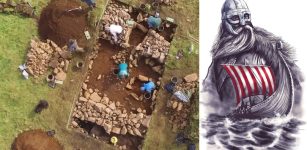 Possible Viking Boat Burials Discovered On The Isle Of Mull
Archaeology | Sep 12, 2022
Possible Viking Boat Burials Discovered On The Isle Of Mull
Archaeology | Sep 12, 2022 -
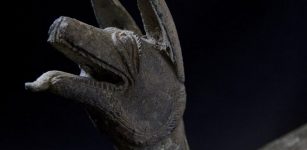 Beautiful And Unique Ancient Roman Hoard Discovered In UK
Archaeology | Oct 3, 2017
Beautiful And Unique Ancient Roman Hoard Discovered In UK
Archaeology | Oct 3, 2017 -
 Migration Of Early Humans Out Of Africa Began Thousands Of Years Earlier Than Previously Thought
Archaeology | Dec 18, 2017
Migration Of Early Humans Out Of Africa Began Thousands Of Years Earlier Than Previously Thought
Archaeology | Dec 18, 2017 -
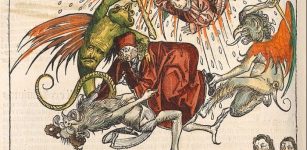 Simon Magus ‘The Magician’ Who Faked Death And Resurrection
Featured Stories | Feb 17, 2022
Simon Magus ‘The Magician’ Who Faked Death And Resurrection
Featured Stories | Feb 17, 2022 -
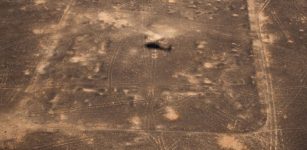 ‘Spectacular’ New Find: Roman Military Camps In Desert Found By Archaeologists Using Google Earth
Archaeology | Apr 27, 2023
‘Spectacular’ New Find: Roman Military Camps In Desert Found By Archaeologists Using Google Earth
Archaeology | Apr 27, 2023 -
 Long-Lost Anglo-Saxon Monastery Ruled By Queen Cynethryth Of Mercia Discovered By Archaeologists
Archaeology | Aug 19, 2021
Long-Lost Anglo-Saxon Monastery Ruled By Queen Cynethryth Of Mercia Discovered By Archaeologists
Archaeology | Aug 19, 2021

